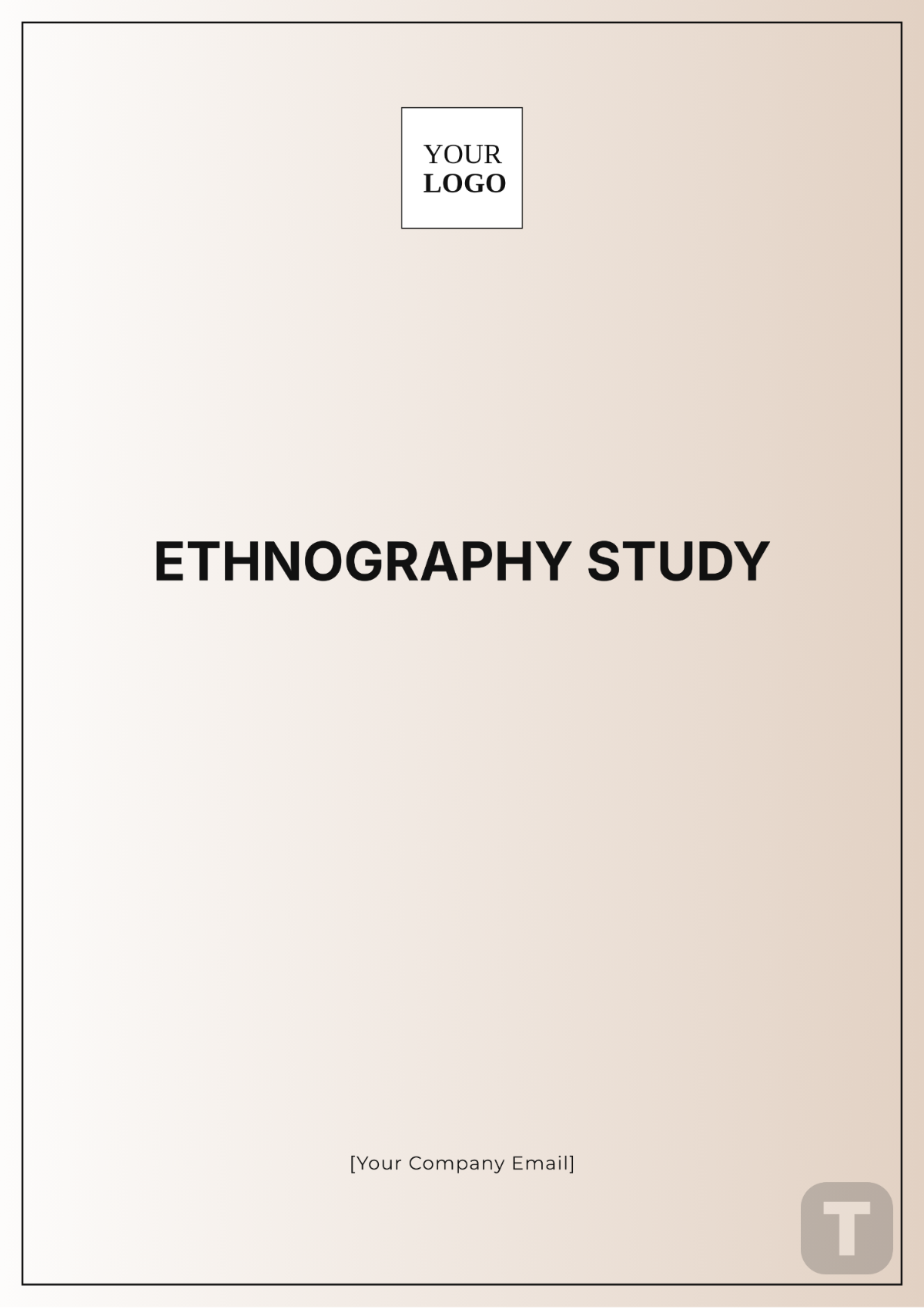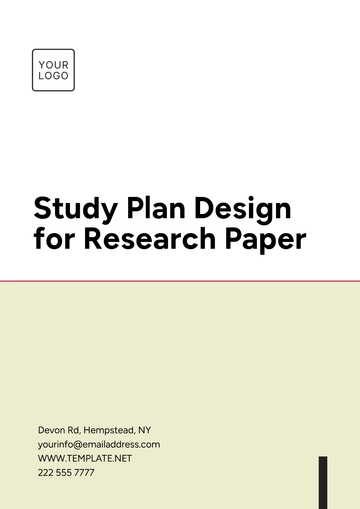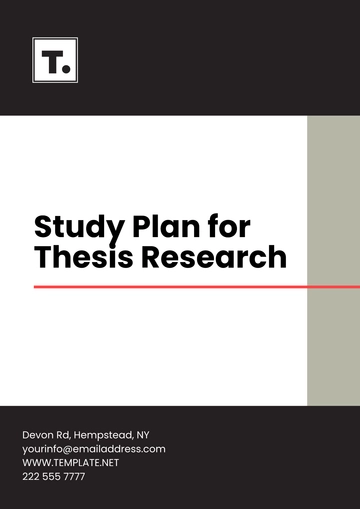Ethnography Study
Introduction
This document is a comprehensive guide for conducting ethnographic research aimed at exploring the unique cultural practices, community dynamics, and social interactions within Luna Valley. This research seeks to provide a deep understanding of how traditional farming methods and community rituals have shaped the social fabric of this rural area. The template will cover essential components of your study, including clearly defined objectives, detailed methodology, participant selection criteria, data analysis strategies, and ethical considerations.
Study Objectives
The objectives of this ethnographic study are designed to provide a thorough understanding of the cultural and social dynamics within the Luna Valley farming community.
Objective 1: Investigate the traditional farming practices in Luna Valley and their role in sustaining community identity and economic stability.
Objective 2: Explore the social hierarchy and leadership structures within the community, focusing on how these influence decision-making and conflict resolution.
Objective 3: Examine the role of local festivals and rituals in reinforcing community bonds and preserving cultural heritage.
Methodology
The methodology section outlines the specific approaches that will be used to conduct the ethnographic study in Luna Valley.
Data Collection Methods:
Participant Observation:
Interviews:
Conduct in-depth, semi-structured interviews with 20 key informants, including community elders, farm owners, and young adults, to gain insights into their experiences and perspectives on community life and traditional practices.
Document Analysis:
Tools and Techniques:
Field Notes:
Audio/Video Recording:
Surveys/Questionnaires:
Participant Selection
Participants will be selected based on specific criteria to ensure a diverse and representative sample of the Luna Valley community.
Criteria:
Age:
Gender:
Location:
Other:
Data Analysis
The collected data will be analyzed using systematic methods to ensure that the study’s findings are robust and meaningful.
Coding Process:
Develop a coding scheme that categorizes data into themes such as "Traditional Farming Practices," "Community Leadership," "Rituals and Festivals," and "Intergenerational Knowledge Transfer."
Thematic Analysis:
Software Tools:
Use NVivo software to assist with coding and analyzing qualitative data, allowing for the integration of interview transcripts, field notes, and document analysis in a single platform.
Ethical Considerations
The study will adhere to strict ethical standards to protect the rights and well-being of participants.
Consideration:
Informed Consent:
Informed consent will be obtained from all participants through a detailed consent form that explains the purpose of the study, the nature of their participation, potential risks, and their right to withdraw at any time without consequence.
Confidentiality:
Potential Risks:
Potential risks, such as emotional distress from discussing sensitive topics (e.g., community conflicts or changes in traditional practices), will be mitigated by providing participants with access to local support services and allowing them to skip any questions they find uncomfortable.
Reporting and Dissemination
The findings from the Luna Valley ethnographic study will be reported in a comprehensive and accessible format.
Report Format:
The final report will be structured with an Executive Summary, Introduction, Literature Review, Methodology, Findings, Discussion, Conclusion, and References. A section on community recommendations will also be included to provide practical advice based on the study's findings.
Distribution Channels:
The report will be disseminated through academic journals focusing on rural sociology and cultural anthropology, presented at regional conferences, and shared with the Luna Valley community through a public meeting and digital copies available on local websites.
Target Audience:
The primary audience includes academic researchers, policymakers, local government officials, and Luna Valley community leaders, as well as other rural communities interested in preserving their cultural heritage.
Conclusion
In conclusion, this ethnographic study of Luna Valley is expected to provide valuable insights into the community’s unique cultural practices, the importance of traditional farming, and the ways in which local rituals reinforce social bonds. The findings could have significant implications for understanding rural community dynamics and developing strategies to preserve cultural heritage in similar settings.
Ethnography Templates @ Template.net






























